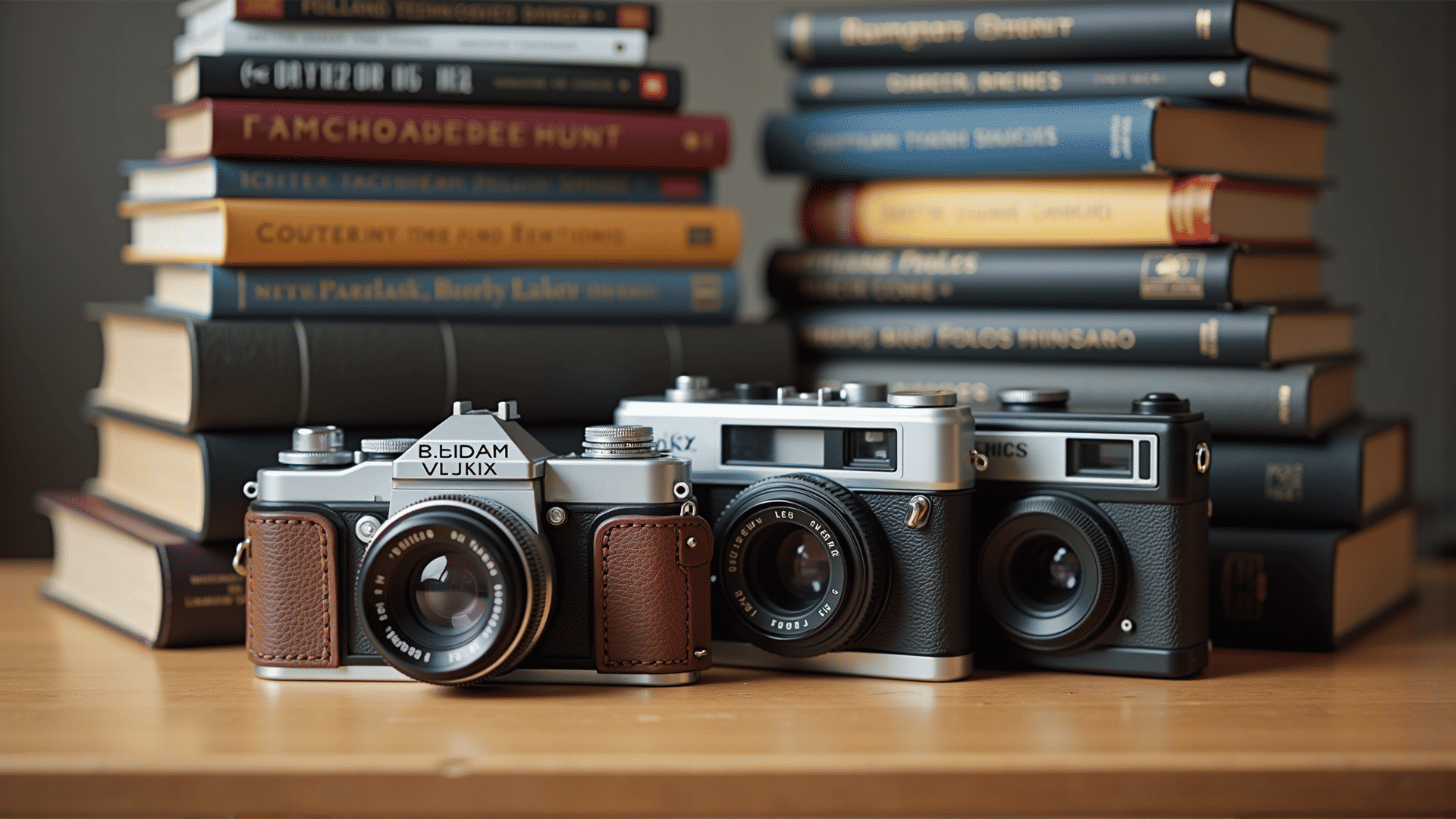Learning how to capture stunning images involves mastering a variety of techniques, each contributing to the creation of captivating photographs. Here, we will explore foundational aspects of photography such as composition, lighting, and basic post-processing, which are essential for both beginners and those looking to refine their skills.
Composition
Composition is one of the key elements in photography that helps portray the visual story of an image. Here are a few vital concepts:
-
Rule of Thirds: This is a guideline that suggests dividing an image into nine equal segments by two horizontal and two vertical lines. Placing the subject along these lines or at their intersections can create more interest and energy in the composition.
-
Leading Lines: These are natural lines within the photograph that guide the viewer's gaze towards the main subject. Roads, paths, rivers, or any linear elements can be used effectively to draw attention to the focal point.
-
Framing: Using elements within a scene to create a 'frame' around your subject can add depth and context. This could be done with archways, windows, or overhanging branches, helping to direct focus towards the intended subject.
Lighting
Lighting is critical in photography as it affects the mood, clarity, and overall aesthetic of an image. Here are some ways to harness light effectively:
-
Golden Hour: This refers to the time of day shortly after sunrise or before sunset, where the sun casts a warm, soft light, minimizing harsh shadows and creating a pleasing glow.
-
Backlighting: By positioning the light source behind your subject, you can achieve a silhouette or create a halo effect, adding dramatic elements to the photograph.
-
Natural vs. Artificial Light: Understanding the differences between these types of lighting and how they can be manipulated with tools like reflectors or diffusers can greatly alter the mood of your images.
Basic Editing
Post-processing can enhance the captured image by correcting exposure issues, cropping for better composition, or adding subtle enhancements.
-
Exposure and Contrast: Adjusting these settings can help in achieving the right balance of light and shadow, ensuring details are neither lost in the brightness nor obscured in darkness.
-
White Balance: Correcting the white balance ensures that colors appear natural and true to life. It is essential for maintaining authenticity in how the colors were perceived when the image was taken.
-
Cropping: This tool can be utilized to refine composition by eliminating distractions, ensuring that the subject remains the focal point, and improving the overall impact of the image.
By honing these techniques, photographers can enhance their ability to tell compelling stories through their images. Each photograph becomes not just a moment captured in time, but a canvas that showcases creativity, emotion, and perspective.
